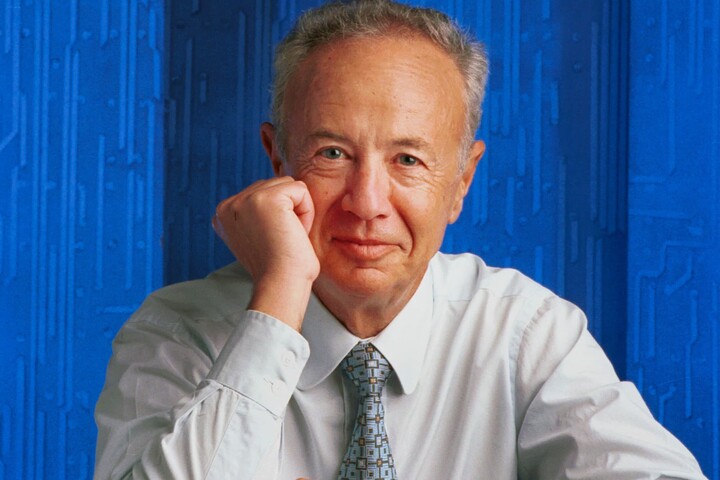Andrew Grove: Man behind the success of Intel Corporation
Andrew Grove was an American entrepreneur, engineer, and novelist who was born in Hungary. At the age of 20, he fled communist-run Hungary and relocated to the US, where he completed his education. Later, he was appointed CEO of Intel Corporation, where he played a key role in building the business into the largest semiconductor producer in the world.

Early Life
Andrew Grove was born in Hungary and spent a significant portion of his early years evading the Nazis by using a false identity. Grove fled the 1956 Hungarian Revolution for Austria and immigrated to the USA together with thousands of people from Eastern Europe.
Andrew Grove came to the United States in 1957 with very little money and minimal English language proficiency. While attending City College of New York to study chemistry, he had a job as a busboy. He did well in every other subject but English, in which he received mediocre grades.
At the Shockley Semiconductor Laboratory in California, a group of disgruntled researchers led by William Shockley included Gordon Moore, Bob Noyce, and Andy Grove. But Shockley’s poor leadership style led to discontent among his research group. They ultimately disbanded and started their own business, Fairchild Semiconductor.
Grove began working for Fairchild Semiconductor as a researcher after receiving his Ph.D. in 1963. By 1967, he had advanced to the position of assistant director of development. He became acquainted with the early stages of integrated circuit research through his work there.
Success Story
In 1968, Robert Noyce and Gordon Moore co-founded Intel, after they and Grove left Fairchild Semiconductor. Grove started off as the business’s director of engineering and assisted with setting up its early manufacturing processes. In 1997, he subsequently take over as chairman and CEO of the business, helping Intel along the road to becoming one of the key players in the information economy and a billion-dollar firm.
Even though Intel invented the majority of the memory types in use at the time, including EPROM, Grove was forced to make significant changes in 1985 as a result of declining demand for their memory chips caused by the Japanese “dumping” of memory chips at prices below cost.
As a result, he decided to stop making DRAMs and concentrate on building microprocessors. Grove and Earl Whetstone, Intel’s sales manager to IBM, were instrumental in convincing IBM to only utilize Intel microprocessors in all of its new personal computers. In 1979, Grove was named Intel’s president.
He later became the company’s CEO in 1987 and its chairman of the board in 1997. In its first year, the company’s revenue was $2,672; and in 1997, it increased to over $20.8 billion. Grove is recognized for transforming Intel from a memory chip manufacturer into the leading global manufacturer of microprocessors for personal computers, servers, and general-purpose computing.
Andrew Grove oversaw a 4,500% gain in Intel’s market value from $4 billion to $197 billion during his time as CEO, elevating Intel to the seventh-largest corporation in the world with over 64,000 employees. The majority of the corporation’s profits were put back into R&D and the construction of additional facilities in order to create better and faster microprocessors.

I am a law graduate from NLU Lucknow. I have a flair for creative writing and hence in my free time work as a freelance content writer.